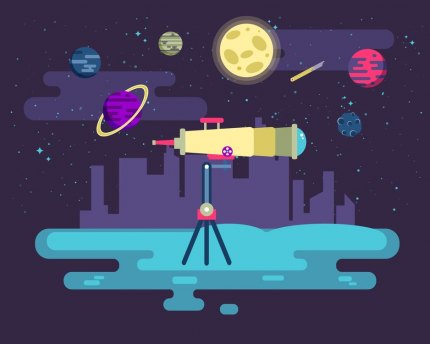Citizen scientists sought to identify planets

Scientists are releasing data on two decades of study.
A team of astronomers from the Lick-Carnegie Exoplanet Survey team announced this week that they had identified 60 new planets orbiting stars outside of our solar system, along with evidence of 54 potential planets. And they are making public their data from more than two decades of study of nearby dwarf stars using the Keck I telescope atop Mauna Kea in Hawaii.
Beginning in 1994, the astronomers observed more than 1,600 stars. They used a technique called the radial velocity to find the planets. This is how it works, according to the Carnegie Institution for Science: “In addition to a planet being influenced by the gravity of the star it orbits, the planet’s gravity also affects the star. Astronomers are able to use sophisticated tools to detect the tiny wobble the planet induces as its gravity tugs on the star."
One of the planets orbits the fourth-closest star to our solar system, approximately eight light-years away. The planet, Gliese 411b, "is a hot super-Earth with a rocky surface," explains a news release from the University of Hertfordshire in the United Kingdom. This makes it the "third nearest planetary system to the sun. The significance of its discovery demonstrates that virtually all the nearest stars to the sun have planets orbiting them."
Now, the team is attempting to democratize the planet-hunting effort. Anyone can use the open source software package and work on identifying planets from the data. There is even a tutorial on how to use the software.The data set can be found here. A paper on the findings can be found in The Astronomical Journal.
Related:
Telescope spots 1,284 new planets
Scientists: Water possible on three planets
NASA marks verification of 1,000th planet
Planet in habitable zone orbits sunlike star
Follow StudyHall.Rocks on Twitter.
If you would like to comment, give us a shout, or like us on Facebook and tell us what you think.

